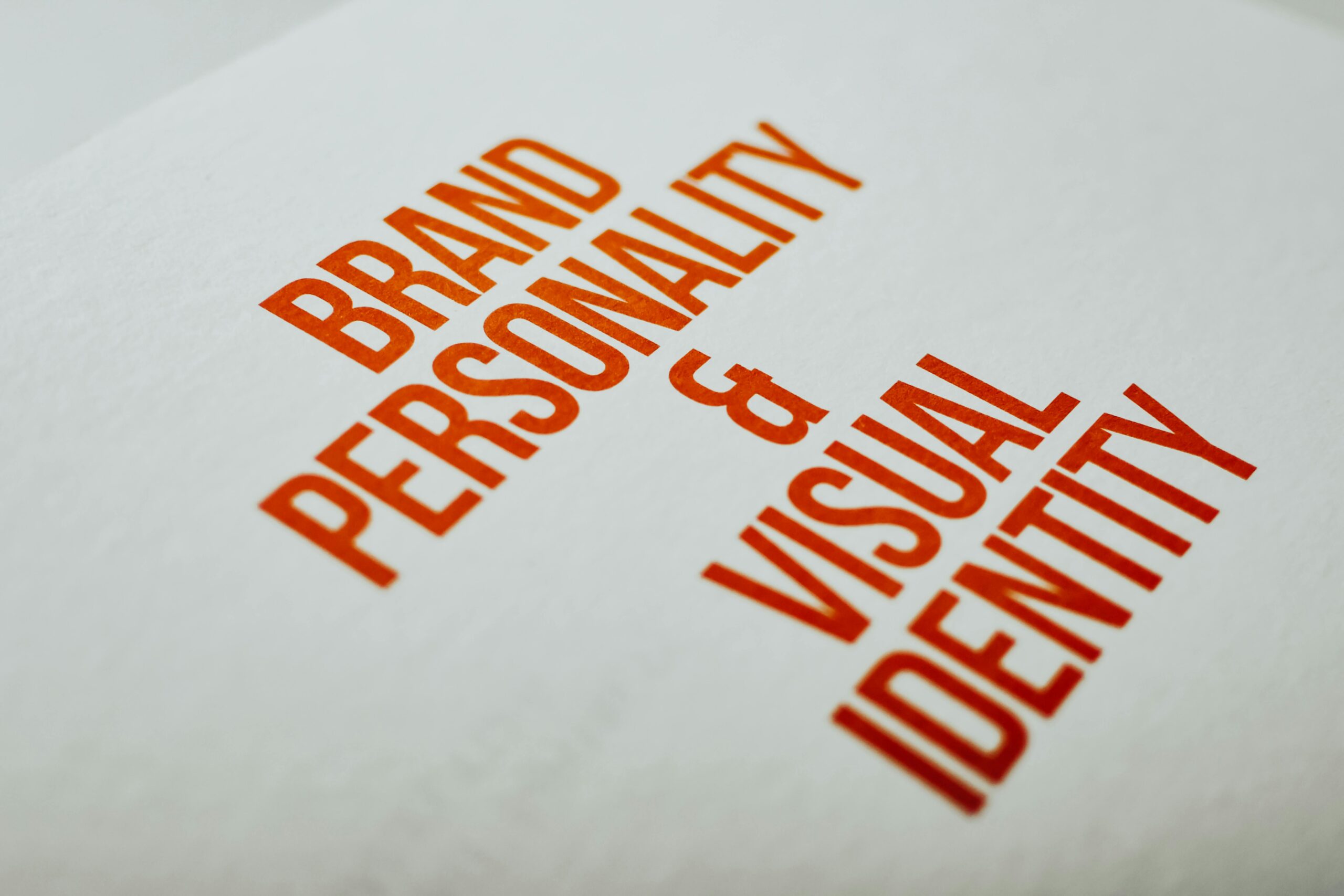If you’re a solo inventor or small business owner with a great idea, understanding patents is crucial. Patents can protect your invention and give you a competitive edge, but the process can seem daunting. In this plain-English guide, we’ll explain what patents are, the types of patents available, what rights they grant, what you can and cannot patent, how the patent application process works, and why timing and disclosure are so important. Along the way, we’ll reference key U.S. patent laws, including 35 U.S.C. §§ 101, 102, 103, and 112. We’ll also include guidance from the U.S. Patent and Trademark Office (USPTO). This information helps you understand the basics of U.S. patent law. It is not legal advice. Instead, it serves as a quick reference for new inventors. Many inventors struggle with these patent law concepts.
What Is a Patent?
A patent is a government grant that gives you exclusive legal rights to your invention. In exchange, you must publicly disclose the invention. A U.S. patent allows you to stop others from using your invention. You can also prevent others from making, selling, or importing it without permission. These rights belong to the inventor or patent owner. It doesn’t give you the affirmative right to commercially make or sell the invention yourself. Instead, it grants you the right to stop others from copying or exploiting your invention. A U.S. patent is a territorial right, meaning it’s only effective within the United States and its territories. Protection in other countries requires filing applications through the Patent Cooperation Treaty and working with patent practitioners in foreign countries.
Patents are rooted in federal law. U.S. law defines patentable inventions as “any new and useful process, machine, manufacture, or composition of matter, or any new and useful improvement thereof.” 35 U.S.C. § 101. In essence, a patent can protect inventions ranging from machines and electronics to chemical compositions, industrial processes, and more. By granting a patent, the government incentivizes innovation with a time-limited monopoly on your invention. In exchange, you must publicly disclose how your invention works.
What Rights Does a Patent Provide?
The core right a patent provides is the exclusive right to prevent others from using your invention. This is often described as the right to exclude others from creating, using, offering for sale, importing, or selling the invention. If you have a valid patent, you can stop competitors from making your patented product or process. You can also prevent them from selling it without your permission. If someone does infringe your patent, you have the right to take legal action to enforce your rights.
Patents are also time-limited. In the U.S., utility and plant patents generally last 20 years from the filing date of the application. A design patent lasts 15 years from the date it is granted. After a patent expires, the invention enters the public domain, meaning anyone can use it. It’s important to note that while your patent is active, it only applies within the U.S. Therefore, a U.S. patent won’t stop someone in a foreign country from making the product, unless you have patents there as well.
Another key aspect of patent rights is that having a patent doesn’t automatically give you the right to practice your own invention in absolute terms. For example, your invention might be an improvement to an existing patented technology. Your patent lets you stop others from using your improvement. But you may still need permission to use earlier technology. This is a complex scenario that patent attorneys can help navigate. The main takeaway is that a patent is a powerful offensive right , forming a legal shield around your invention for a certain period.
Types of Patents
There are three types of patents in the United States: utility patents, design patents, and plant patents. Each type protects a different kind of invention or discovery:
Each patent type has unique application requirements and protection scopes, yet all three essentially provide exclusive rights to the inventor as previously outlined. It is important to note that only the inventors or those to whom the inventor has transferred rights, such as a company, can apply for a patent. The USPTO will issue patents solely to the genuine inventors or their assignees, and there are regulations in place to prevent false claims of inventorship. Therefore, as a business owner, it is crucial to ensure that the application accurately identifies the true inventor, whether it is you or an employee, and that the necessary assignments are properly established.
What Are the Requirements of a Patent?
Not every idea or discovery can be patented. U.S. patent law imposes several key requirements that an invention must meet to be eligible for a patent. Broadly, your invention must fall into the categories of patentable subject matter (as defined in 35 U.S.C. § 101), and it must also be useful, novel, and non-obvious, with a full disclosure in the application. Here’s a breakdown of the core criteria:
- Patentable Subject Matter & Utility: The invention has to be the kind of thing that the law allows to be patented. As mentioned, § 101 says it can be a process, machine, manufacture, or composition of matter – essentially a useful invention or improvement in a technological sense. The invention must have some real-world use (utility) and not be a mere scientific theory or idea. For example, you cannot patent a purely abstract concept or a mathematical equation by itself, because it is not a tangible process or product with a specific use. An invention also must actually work as described. You cannot patent a supposed perpetual motion machine if it doesn’t actually operate. Therefore, the USPTO may require evidence that it works in such cases. The portion of the requirements is always important as Twisdale Law continuously has inventors who have not brought their inventions into a prototype.
- Adequate Description: A patent application must contain a clear and complete description of the invention, explaining how to make and use it. This is sometimes called the “enablement” and “written description” requirement where you, as the inventor, must teach the public about your invention in exchange for the patent. Failing to disclose enough details is a common reason for rejection. The reason this is a requirement is because the core nature of the patent by the government is to effectuate the disclosure of scientific inventions to the public. Essentially, if you can’t clearly explain how your invention works and how to make it, then that does not fulfill the government’s purpose of providing patents.
- Novelty (Newness): To be patentable, your invention must be truly new – meaning it has never been publicly disclosed or available before you file the patent application. This is the novelty requirement under 35 U.S.C. § 102, which says an invention cannot be patented if it was already patented, described in a publication, in public use, on sale, or otherwise available to the public before your effective filing date. In plain terms, if your invention (or something extremely similar) has been done before or talked about publicly, it’s not novel and not patentable. This includes disclosures made by you more than one year prior to filing. For example, if you yourself started selling the product two years ago and only now seek a patent, it’s too late.
- Non-Obviousness: Even if an invention is technically new, it also must be non-obvious to a person of ordinary skill in the field (this is mandated by 35 U.S.C. § 103). The non-obviousness requirement prevents trivial variations of existing products from being patented. For example, imagine someone invented the first smartphone, and another person tries to patent the idea of a smartphone with a slightly larger screen, if that change would be an obvious improvement to any skilled phone designer, a patent would be denied. In practice, the USPTO examiner will compare your invention to prior art (existing knowledge in the field) and ask: would this invention have been obvious to someone skilled in the area, based on what was already known? If yes, the patent will be rejected for obviousness. If your invention involves a meaningful, non-trivial inventive step beyond prior art, then it can satisfy the non-obviousness test. This concept is the most difficult one for most of our clients to get their head around as there is not a brightline rule for determining this, instead there are multiple factors used by the examiner and courts when reviewing this requirement.
In summary, a patentable invention must be useful, properly described, truly new, and not an obvious tweak of an existing idea. These requirements work together to ensure patents are only granted for genuine innovations that advance the state of the art and that the public is informed about how they work.

Have an Idea You Want to Patent? Contact Twisdale Law, PC Today!
What Cannot Be Patented?
Just as important as what can be patented is knowing what cannot. U.S. law and court decisions have carved out certain exclusions, even if you meet the above criteria, if your invention falls entirely within one of these excluded categories, you won’t get a patent:
- Laws of Nature & Natural Phenomena: You cannot patent natural principles or phenomena. For instance, you could not patent “gravity” as a concept or the mere discovery of a new naturally occurring mineral or gene in its natural form. However, if you invent an application or practical use of a natural phenomenon (like a new industrial process leveraging a natural principle), that could be patentable, it’s the specific application that might be eligible, not the underlying law of nature itself.
- Abstract Ideas: Pure abstract ideas, like mathematical formulas or basic economic or business concepts, cannot be patented on their own. For instance, a general concept of “calculating using an algorithm” or a simple business method without any specific technological application would be deemed an unpatentable abstract idea. However, if an abstract idea is incorporated into a practical invention, such as a particular software technique that enhances computer performance, it might be eligible for a patent. The distinction can be unclear, but the USPTO typically seeks a solid technological application rather than an abstract concept.
- Mere Ideas or Suggestions: You cannot patent an idea unless you have reduced it to practice or described it in detail. Merely stating “I have an idea for a teleportation machine” is insufficient; you must provide details about how it works. Patents are intended for inventions, not vague proposals. Similarly, artistic creations or purely mental processes are not patentable, though they might be protected by copyright or other means.
- Inventions Useful Only for Illegal or Unsafe Purposes: There are specific rules that prohibit certain types of inventions. For example, U.S. law forbids patents on human organisms, meaning you cannot patent a human being or their genetic identity. Additionally, patents cannot be granted for inventions related to atomic weapons; anything designed solely for causing nuclear harm is not patentable. These exceptions are rare but exist for public policy reasons.
Most typical inventions created by small businesses and inventors, such as devices, machines, compositions, and software-enabled systems, do not fall into these extreme prohibited categories. The majority of fields are open for patent protection, as patentable subject matter is very broad, covering everything from electronics to biotechnology to certain business methods. The key is that your invention meets the requirements of usefulness, novelty, and non-obviousness and is not merely an abstract idea or a naturally occurring thing. If you are unsure whether your concept is patent-eligible, a patent attorney can provide guidance based on the latest laws and court rulings.
Timing and Disclosure
When it comes to patents, timing is critical. The patent system in the U.S. and globally operates on a “first to file” principle, which means that if two people independently come up with the same invention, the patent will generally be awarded to whoever filed their patent application first, not necessarily who invented firstnatlawreview.com. This is a shift that occurred with the America Invents Act in 2013, aligning the U.S. with other countries’ first-inventor-to-file systemsnatlawreview.com. For you as an inventor or small business, the lesson is: don’t wait too long to file your patent application. If you delay and someone else files a similar idea before you, you could lose the opportunity to patent your invention. Even if you were technically the first to invent it, under current law you would likely be out of luck if another inventor beats you to the USPTO. Closely related to timing is the issue of public disclosure of your invention. In the United States, there is a limited one-year grace period that allows an inventor to file a patent application up to one year after certain public disclosures of the invention. For example, if you publish an article about your invention, use it publicly, or offer it for sale, U.S. law gives you one year from that date to file a patent application before your own disclosure counts against you.
This grace period (established by 35 U.S.C. § 102(b)) is a safety net for inventors who accidentally or strategically disclosed their invention. However, relying on the grace period can be risky: if you wait the full year, someone who learned of your invention could file their own application before you, potentially complicating the patent process or leading to a loss of rights. Moreover, that grace period applies only in the U.S. Most foreign countries have no grace period at all. In many countries, any public disclosure of the invention before filing will bar you from getting a patent in those jurisdictions. This means if you display your invention at a trade show or post it online before filing a patent application, foreign patent rights could be forfeited instantly. Because of these rules, the best practice is to avoid any public disclosure of your invention until after you’ve filed a patent application.
If you do need to discuss your invention with others, it’s advisable to use a non-disclosure agreement (NDA) so that those discussions aren’t considered “public.” An NDA can contractually require the other party to keep the details confidential, preserving the possibility of patenting. Still, an NDA is not bulletproof protection for patent law purposes, so filing promptly is wise. In summary, timing and secrecy can make or break your patent opportunities. File as early as you reasonably can, and be cautious about what you reveal and to whom. The adage “file first, disclose later” is a good rule of thumb. If you’re unsure about the timing or you have already made disclosures and are worrying about the implications, consult with a patent attorney as soon as possible, there may still be options if you act within the allowed time frames.
Conclusion: Protecting Your Invention and Next Steps
Securing a patent can be one of the most significant steps you take to protect your innovation and add value to your business. We’ve covered the basics of what a patent is, the types of patents, the rights they grant, the criteria for patentability, and the disclosure and timing. As you can see, while the patent system is powerful, it has a lot of moving parts and legal requirements. For solo inventors and small businesses, navigating this terrain can be challenging, but you don’t have to do it alone.
Unlock the full potential of your invention with the expertise of Twisdale Law, PC. Our firm guides inventors and entrepreneurs through every step of the patent process, from evaluating your idea’s patentability and drafting robust applications to navigating the USPTO and securing your patent rights. Do not leave your groundbreaking idea unprotected. Contact Twisdale Law, PC for a consultation and let us help you safeguard your hard work and creativity. With our guidance, obtaining a patent can be a smooth and rewarding journey, positioning your innovation for success.








